Venice masks: how did it all start?
The origin of Venice masks is linked to Carnival.
When Carnival started in Venice many centuries ago, the function of these masks was very practical:
for one day, people could be whoever they wanted to be and do whatever they wanted to do!
A poor person could become a nobleman, and a married person could pretend to have no spouse…
When did people start using Carnival masks in Venice?
The wearing of masks in Venice is a tradition that goes back as far as the 12th century. It was most likely introduced as a means to ease up social tensions created by very rich individuals and families living next door to much poorer people.
Soon, Venetians enjoyed so much wearing masks at all times that the Venetian government had to step in and restrict their use only to the Carnival season.
Related: Crazy Laws that Venice had to make to stop the Carnival frenzy (with no success!)
In the course of centuries, Venetian artisans produced masks of all kinds.
In fact, the material used for the making of traditional Venetian masks is light, flexible and cheap. In other words, there was nothing limiting the creativity of Venetian mask-makers
How many types of Venice masks are there?
We could say that any hand-made papier-mache mask made in Venice can be called a Venetian Carnival mask.
Related: Admire the most beautiful Carnival Masks of the past years
There are, however, two main categories of “classic” masks:
Traditional Venetian Carnival Masks
These are the oldest masks in Venice and date back to the very origins of Carnival, over 750 years ago!
Indeed, the oldest document referring to Venetian mask-makers, called “mascareri” in Venetian, dates all the way back to 1271 C.E.
Bauta Mask
The Bauta is a mask with a square jawline that projects over the mouth and is usually worn by men. Originally white, this mask can also be in plain black or with two colours.
Due to its shape, the Bauta allows people to eat & drink without too much difficulty, and also distorts the wearer’s voice, providing him (or her!) enhanced privacy.
By using the mask with a tricorn hat and cape to further conceal their identity, people could sneak into parties that would damage their reputation or to which they would normally not have been accepted.
Larva or Volto
The Volto mask, also known as “Larva”, is a variation of the Bauta masks and it adheres to and hides the wearer’s face entirely. It was a less common and less used mask as it had to be taken off in order to eat and drink.
Moretta mask
The Moretta is a small plain-black mask with an oval shape, two cuts for the eyes, and was typically worn by women.
What makes this mask so unique is that it is the only Venetian mask that is strapless.
Since the Moretta mask is strapless, women who wore it had to hold it in place by biting on a small button that was inside the mask.
This means that if a woman dared to speak, her mask would fall and her identity would be revealed to everyone in the room. This mask is quite shocking by our modern standards! However, it is not unlikely that it was a free choice, given that women in Venice had far more liberty and rights than in most of Europe and beyond.
The size of the mask only concealed the wearer’s mouth, nose, eyes and eyebrows, while revealing the outline of the person’s face.
Nonetheless, the lack of verbal communication and the hiding of the main features of the face did manage to preserve the wearer’s identity and make people wonder even more about the true identity of who was behind the mask.
Want more tips, tools and stories from Venice, Italy?
We're on a mission to make it easy and fun to discover and support the authentic Venice. Try our email and see for yourself!
The Plague Doctor
In the course of hundreds of years, Venice was struck by plagues several times.
In these instances, Venetian doctors wore black robes and masks with a very long nose as a sanitary precaution.
The nose of the Plague Doctor mask, “Medico della Peste” in Italian, was designed to hold herbs and ointments that covered up the smell of the severely ill patients and, they believed, would filter the air enough for the doctor to not get infected
The Gnaga: cats, drag queens, and boobs
The Gnaga is a cat mask that covers the face from the nose up. Its name comes from the Venetian word “gnau”, literally “meow”.
This mask was extremely popular and it saved the lives of hundreds of people.
How?
In Venice, like in the rest of Europe, homosexuality was often punished with death. Records show that 268 people were hanged or burned alive in Venice for being homosexual, from 1406 C.E. to 1500 C.E.
Since then, however, people started wearing the Gnaga mask and leveraging a peculiar Venetian law to avoid prosecution.
This Venetian law stated that if you wore a mask you had to act accordingly. This meant that a man wearing a Gnaga mask could engage in relationships with other men and he could not be accused of any wrongdoing as he was acting exactly as demanded by his mask.
Since then, the number of people killed for being homosexual decreased by 99%.
This change gave hope and more freedom to so many people, but not everyone was happy about it: Venetian prostitutes experienced a decline in their business due to a sudden availability of male prostitutes that appealed also to their clients
To counteract the popularity of the “Gnaghe”, in 1511 the bishop of Venice Antonio Contarini allowed prostitutes to put their breasts on display out their windows and on a bridge that has been renamed, since then, “Ponte delle Tette”, literally “Tits Bridge”
Commedia dell'Arte Masks
Commedia dell’Arte was an early form of professional theatre that originated in Italy.
The characters of the Commedia usually represent fixed social types and stock characters, such as foolish old men, know-it-all doctors, and deceitful servants.
The characters are masked with traditional Commedia dell’Arte masks and they improvise their performance based on sketches or scenarios. Only the entrances and exits of the actors are scripted.
Arlecchino, the Harlequin
The “Arlecchino”, known as Harlequin in English, is the character of a silly servant wearing a half-mask with a short nose and arching eyebrows and dressed in clothes full of patches and rags.
Much later did these patches evolve into the colourful patterns we associate today with the Harlequin.
Colombina
Colombina is the female counterpart of Arlecchino. Her mask covers only half the face, and is either held in place with ribbons or held up with a baton.
Colombina, sometimes called also Arlecchina, is a servant and is often the most resourceful and smartest character in the Commedia.
Pulcinella
Pulcinella is a hunchbacked character with a long-beaked nose, a long white coat, and unkept hair.
He is a very unlucky character who is often drunk and almost gets himself almost always into great trouble.
Pantalone
Pantalone is an old shopkeeper whose main interests are good food and beautiful women. Very stingy and incredibly gullible, he ends up being on the receiving end of all jokes. His mask has a long nose and very prominent eyebrows.
Brighella
Brighella is a masterful liar and can make up a lie for any situation.
He’s an experienced schemer and is good at what he does. Indeed, if his plans fail it’s almost always the other characters’ fault.
His green half mask has a hooked nose, thick lips, and a thick twirled moustache. These characteristics are intended to display a look of unhealthy lust and greed.
Did you enjoy our article Venice Masks: A Guide to the most important Venetian Carnival Masks?
If you did, feel free to check out other articles we wrote that could answer most of your questions about Venice
I'm visiting Venice. Why should I follow your recommendations?
The way you visit Venice has an impact both on the quality of your experience and on Venice itself. Chilling, exploring, shopping, eating and drinking where the locals do, can make a huge impact both on the memories you bring home and on the local economy and community.
Home >> Visiting Venice >> Tips and Inspiration >> You’re Here
Tips and Inspiration to experience Venice
More in Visiting Venice

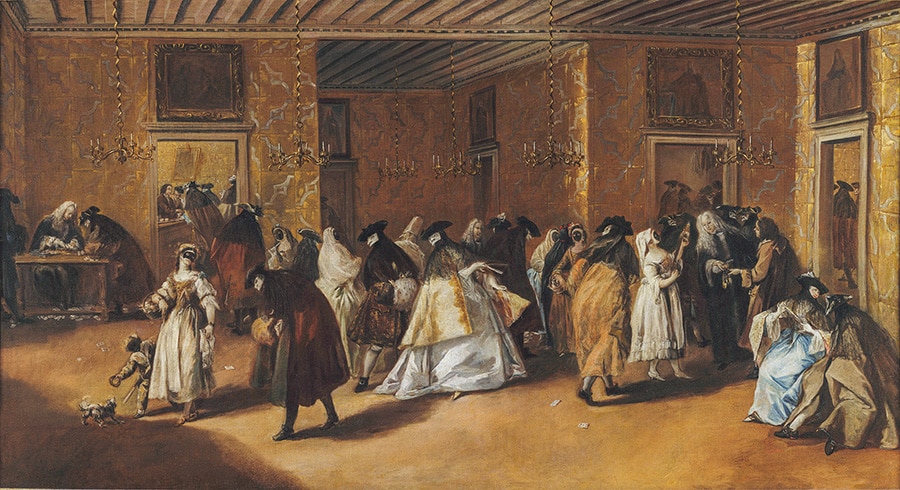


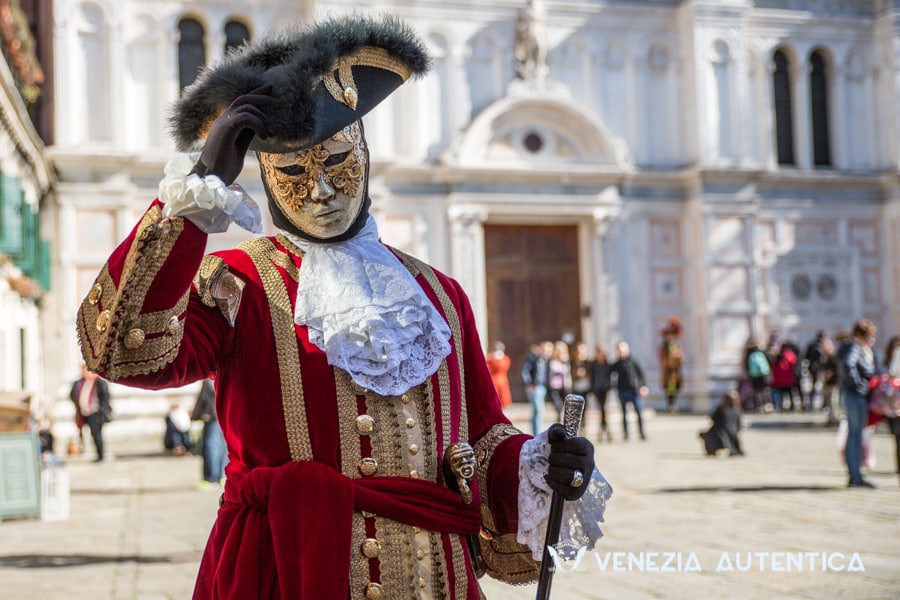

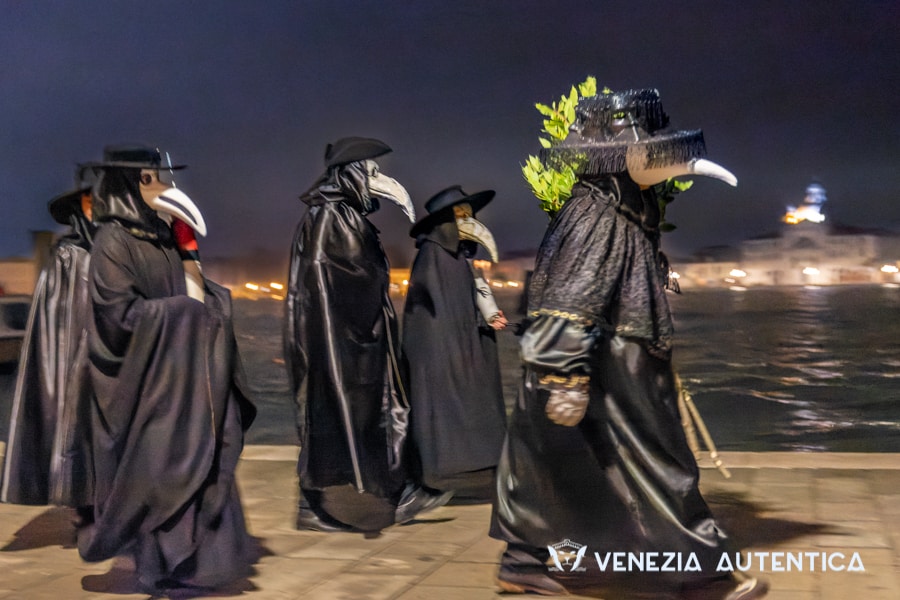
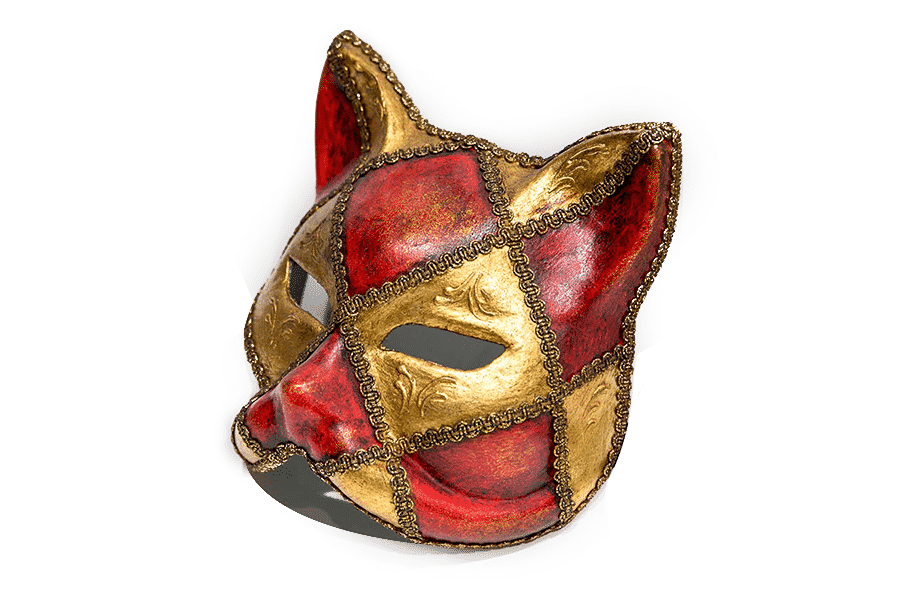

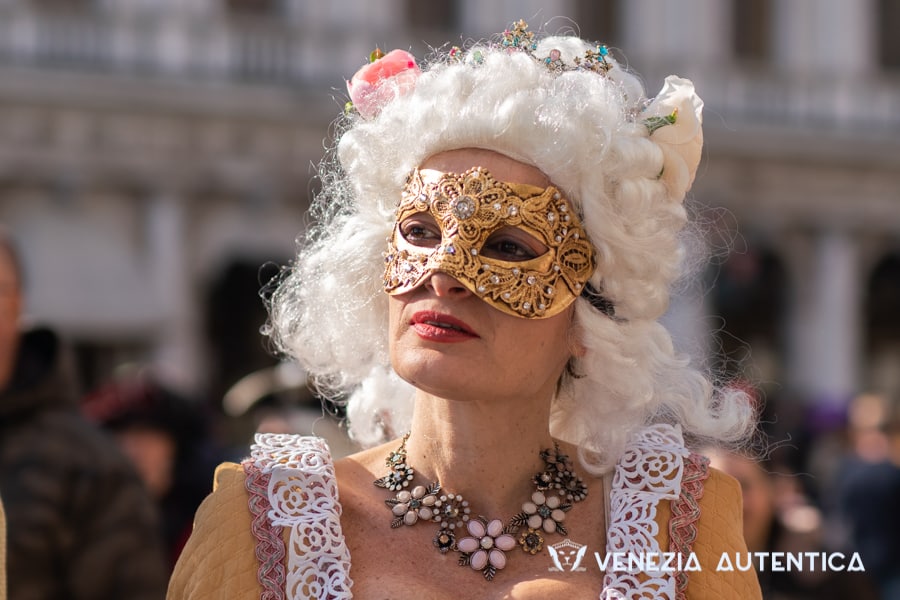
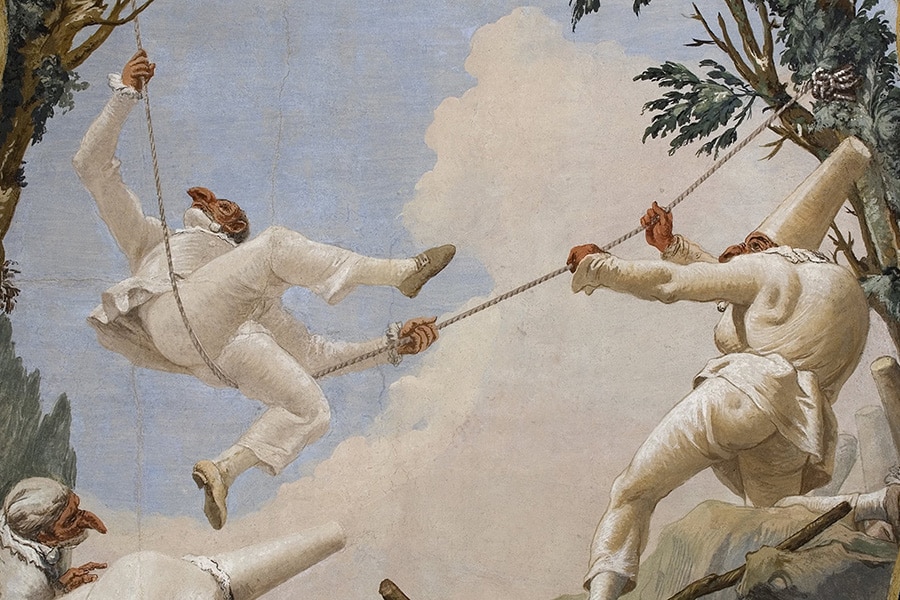
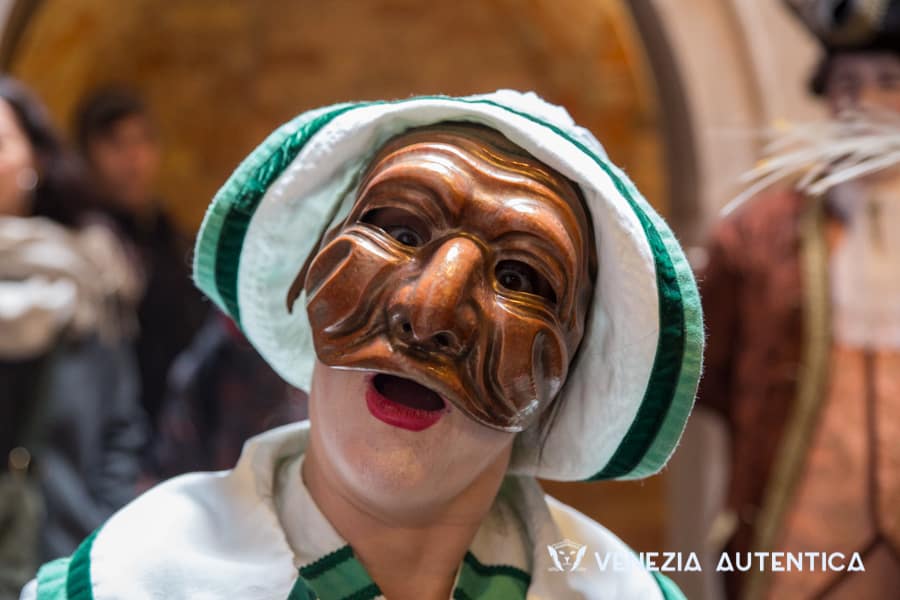
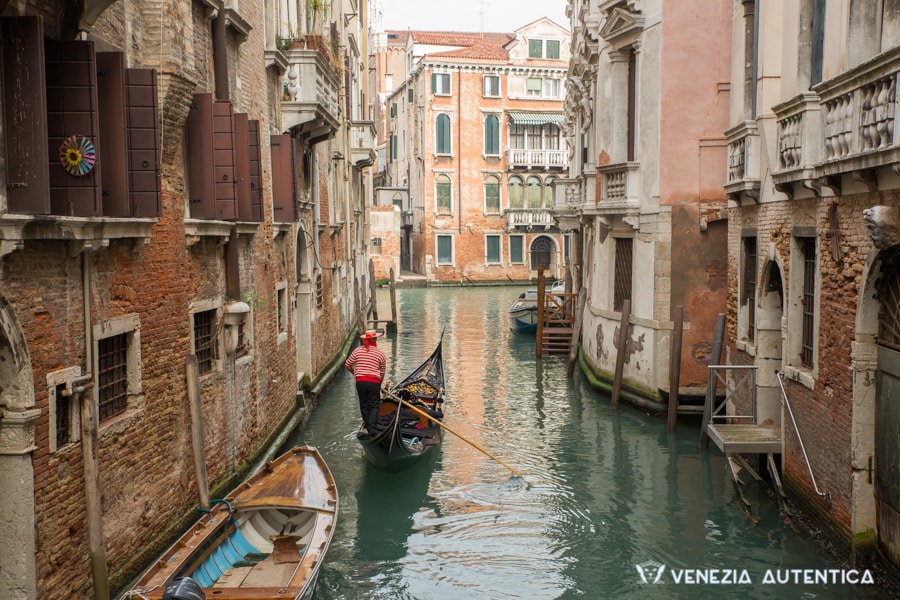
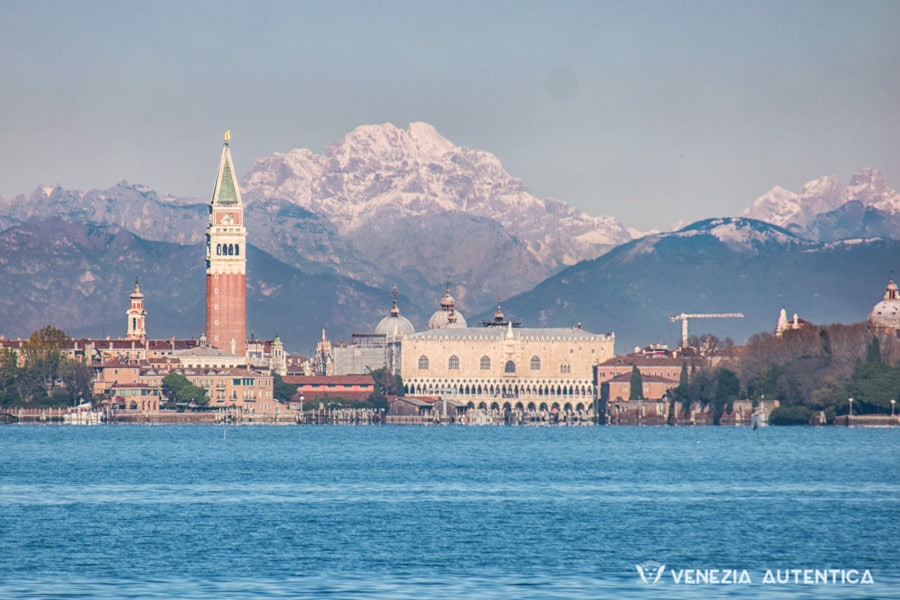
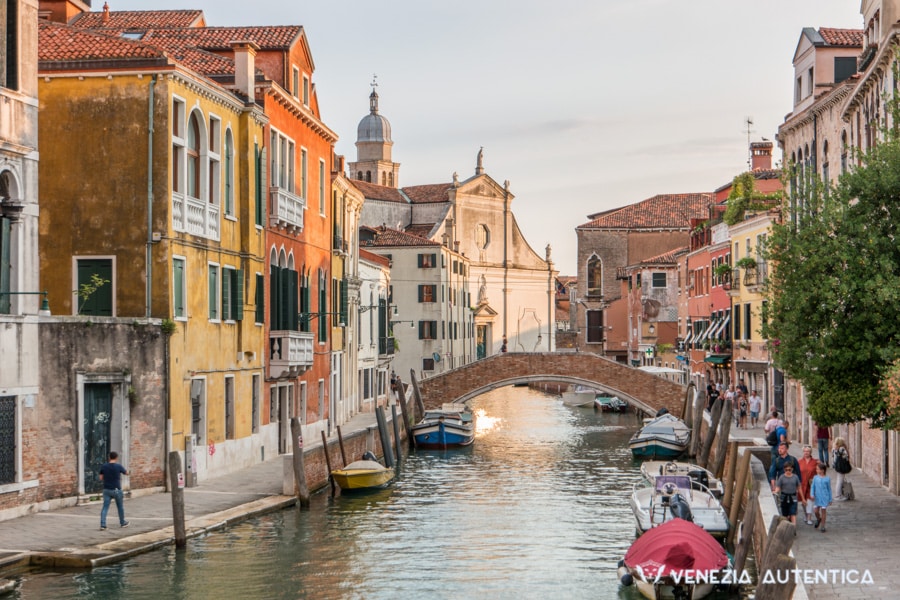
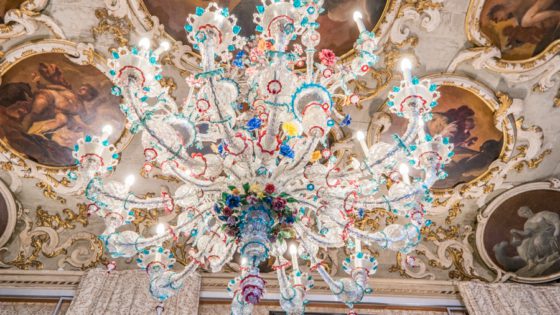
![Everything about the amazing Grand Canal in Venice, Italy [ARTICLE + 360° VIDEO] - venice masks - Venezia Autentica | Discover and Support the Authentic Venice Grand Canal in Venice](https://veneziaautentica.com/wp-content/uploads/2016/10/Grand-Canal-Venice-560x315.jpg)
![Saint Mark's in Venice: introduction to its amazing Landmarks [Article + 360° VIDEO] - venice masks - Venezia Autentica | Discover and Support the Authentic Venice Area Marciana, or Saint Mark's Area, in Venice, Italy](https://veneziaautentica.com/wp-content/uploads/2016/11/SAM1911-560x315.jpg)